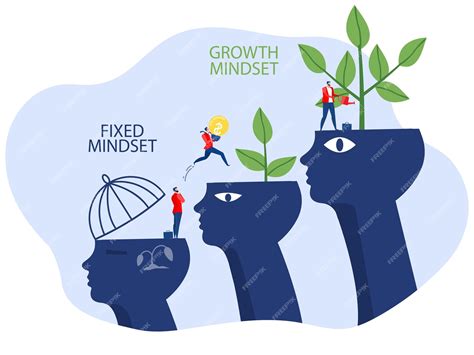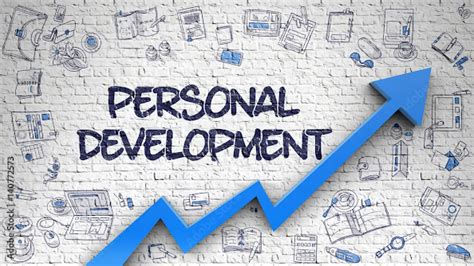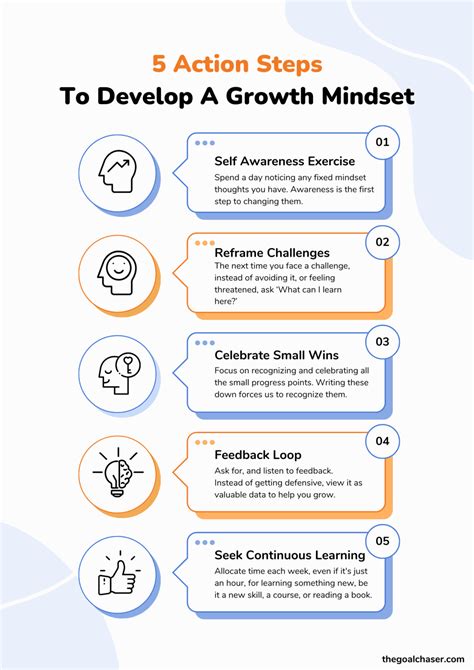Our mindset profoundly influences our approach to life’s challenges, learning, and personal development. While a fixed mindset believes abilities are static, a growth mindset champions the idea that skills and intelligence can be developed through dedication and hard work. Shifting from one to the other isn’t an overnight transformation but a daily commitment to specific practices that can redefine your perspective.
Understanding the Foundation: Fixed vs. Growth
At its core, a fixed mindset views intelligence and talent as inherent traits that cannot be changed. This perspective often leads individuals to avoid challenges, give up easily, and feel threatened by the success of others. Conversely, a growth mindset embraces the idea that abilities can be cultivated. It sees challenges as opportunities for growth, effort as the path to mastery, and feedback as valuable information for improvement.

Daily Practices to Cultivate a Growth Mindset
1. Embrace Challenges as Opportunities
Instead of shying away from difficulties, actively seek them out. View new, demanding tasks not as potential failures but as avenues for learning and expanding your capabilities. Each challenge overcome strengthens your belief in your capacity to grow.
2. See Effort as the Path to Mastery
In a fixed mindset, effort is often seen as a sign of low ability – “If I have to try hard, I’m not good enough.” A growth mindset, however, understands that sustained effort and deliberate practice are essential components of mastery. Celebrate the effort you put in, not just the outcome.

3. Learn from Criticism and Feedback
Fixed mindsets often react defensively to criticism, viewing it as a personal attack on their inherent abilities. A growth mindset, on the other hand, sees feedback as invaluable data for improvement. Actively solicit feedback, listen without judgment, and identify actionable insights to enhance your skills.
4. Find Inspiration in Others’ Success
When someone else achieves a goal you aspire to, how do you react? A fixed mindset might feel threatened or jealous. A growth mindset uses others’ successes as inspiration and a roadmap for what’s possible. Ask yourself, “What did they do? What can I learn from their journey?”

5. Practice Self-Compassion and Patience
Shifting your mindset takes time and effort. There will be days when you revert to old patterns. Instead of being critical, practice self-compassion. Acknowledge the setback, learn from it, and gently guide yourself back to growth-oriented thinking. Patience is key; every small step forward counts.
6. Reflect and Reframe Your Inner Dialogue
Pay attention to the thoughts you have about your abilities and potential. When you catch yourself thinking, “I can’t do this,” or “I’m not smart enough,” pause and reframe. Ask, “What can I learn here?” or “What strategies can I try next?” Daily reflection can transform negative self-talk into constructive inquiry.

Making it a Daily Habit
Integrating these practices into your daily routine is crucial. Start small: choose one habit, like reframing negative self-talk, and focus on it for a week. Gradually add more as you build momentum. Keep a journal to track your progress and celebrate your shifts in perspective.
Remember, the goal isn’t to never have a fixed mindset thought again, but to recognize it, challenge it, and consciously choose a growth-oriented response. This continuous effort will not only enhance your learning and performance but also significantly boost your resilience and overall well-being.





